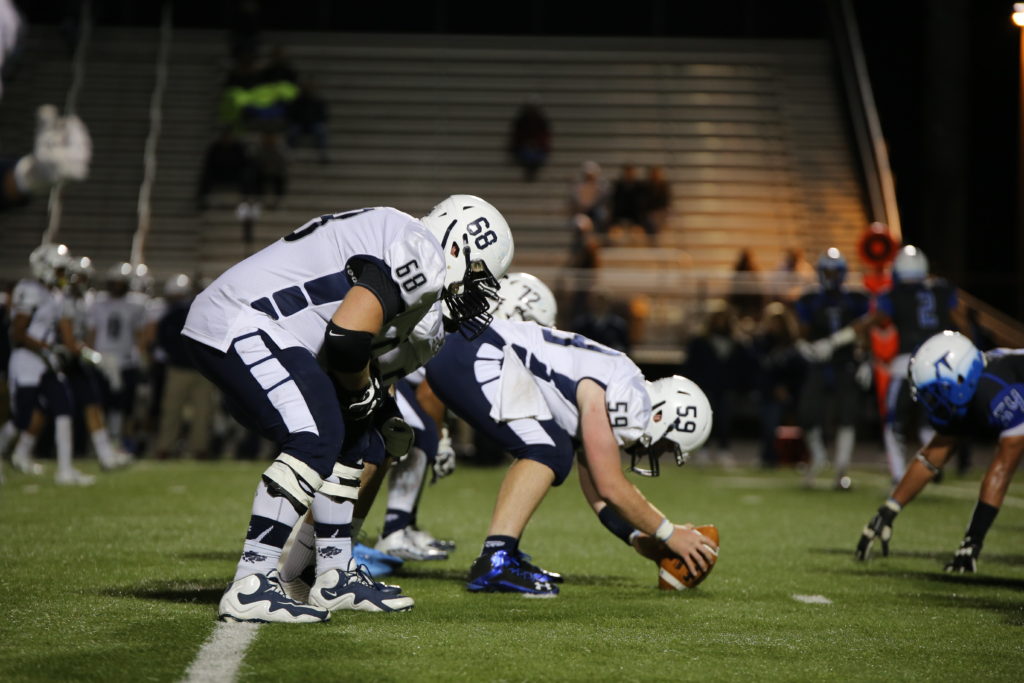Loudoun County, Va. — Phone. iPad. Xbox. Couch.
OR
Kickball. Relay Races. 4H camp. Neighborhood Hide N’ Seek before the street lights come on.
It’s quite possible that if you were born before the year 2000, your summer vacation consisted primarily of the second list of activities. I’m a product of the early 90s, and growing up, my friends and I would do anything to be outside and active as much as possible on summer break.
Nowadays, summer vacations can look a little different for kids as various technologies are at our fingertips.
If you’re a student-athlete who participates in sports year-round, you might maintain a higher level of physical activity.
Overall though, the general lack of physical activity that spans the two to three month period in the summer means fitness levels decrease significantly and therefore, the return to fall sports is more difficult. It’s all the more reason why proper preparation is key.
When returning to any sport, it’s important to treat the body appropriately, with care and attention. While it is important to train for the upcoming sport, it is even more vital to start with a basic level of physical fitness. For example, if someone was basically a couch potato all summer, they would not be able to get up and run a 5K without some sort of complications. These could be cardiovascular or muscular. In order for the body to react as we would like it to, we need to train it appropriately.
There are four seasons to consider when looking at a training program: off-season, pre-season, in-season and post-season.
1. Off-season
The off-season is used to re-introduce the physical demands placed on the body with general physical activity, as well as to develop cardio-respiratory fitness. During this time, the athlete should be focusing on light weights and increased duration of workouts to slowly increase their endurance, while not fully neglecting their strength training program.
2. Preseason
Next in line is preseason, which is when the athlete focuses primarily on increasing their intensity, maintaining their endurance and incorporating multiple types of training. Multiple types of training include but are not limited to strength training, balance training, plyometric training and agility work.
3. In-season
Up next is the competitive season, also known as in-season. During the competitive season, the training program becomes less about intensity and more about functional fixes to better personal weaknesses and maintain strength.
4. Postseason
Last but not least is the postseason, which most people overlook. Active rest allows the body recovery time from the previous competitive season. The first two weeks after a competitive season should be complete rest. The post season should allow for ample time to rehabilitate any injuries, improve strength of weakened muscle groups and mental recovery.
When athletes do not follow the guidelines for preparing for the upcoming season, they are significantly increasing their chances of injury during the season.
According to the Nationwide Childrens’ Hospital, 50% of injuries sustained by younger athletes playing organized sports can be avoided if the athlete was properly conditioned to play their game.
Now, if an athlete chooses to participate in multiple sports throughout the year, they are more likely to maintain a general level of physical fitness as well as decrease their chances of injury during the season.
According to the NFHS, specialized athletes are twice as likely to sustain a gradual onset/repetitive-use injury as athletes who did not specialize.
Note from our sponsor: At Loudoun Sports Therapy Center, we have determined that general conditioning should begin before the season to help prep the athlete for maximum participation with minimal injury risks. BUT, even though fall sports for example are in the midst of tryouts, it’s not too late to properly prep your athletes. Want to learn what your athletes’ injury risk is and how to combat that? Schedule a free team injury risk assessment!








